Self-assessment tool
The self-assessment tool is designed to assist the workers of extractive SMEs to review the basics principles of occupational health and safety. Legal requirements, distribution or roles, the simplified risk assessment techniques for common and emerging risks of extractive activities such as explosives, vibrations, noise, and mobile equipment are covered. The self-assessment tool is also intended for contractors who are present at an extractive site.
Description of the OSH self-assessment tool for workers of the extractive sector
The project “Development and promotion of soft skills and competences of OSH Management in extractive enterprises focused to SMEs” has developed a self-assessment tool for occupational health and safety dedicated for workers of the extractive sector. The self-assessment tool is a questionnaire that may be used by someone who works in the extractive sector to assist himself to improve their performance in key health and safety issues.
The user of the self-assessment tool is called to respond to questions for the key health & safety parameters to identify the necessary skills and the level of knowledge he needs to effectively manage occupational risks in his workplace. Based on the score they achieve per question; the self-assessment tool will propose them to review the relative training material that is linked with each section and will remind them to repeat the test after the training. The overall score of their performance will be used to illustrate their individual improvement after the training.
The self-assessment tool is divided in different sections which cover various essential parameters for the health and safety in an extractive site of a small and medium company such as movement of large vehicles, use of explosives, exposure to dust etc. The questions contain points that require attention and encourage the worker to adopt a preventive behaviour towards these parameters by repeating this test. In practice, each user will take “snapshots” of their performance in health and safety before and after training. From the comparison of this “snapshots” one can see the self-improvement in managing risks.
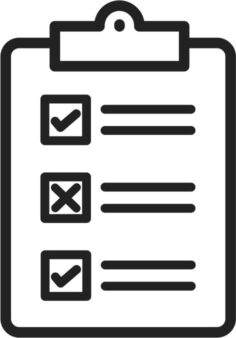
Take the OSH self-ssessment tool
Begin by identifying the key health and safety parameters that you have a low score and you need to improve.
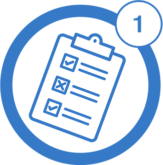
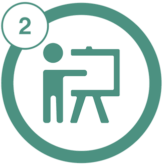
OSH Training
Refer to health and safety training material according to the parameters you have previously identified you need to improve.
Discuss with your H&S manager
Discuss with your health and safety manager in case you have any additional questions or concerns after the training.

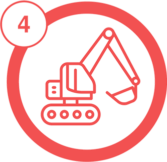
Apply lessons learnt in your daily tasks
Perform your daily activities by applying health and safety tips and instructions in the parameters you have been trained. Share your experience with your co-workers.
Repeat the OSH self-assessment tool
Take the same test after six months and compare your score with your initial results. Check if there are other issues you need to address.

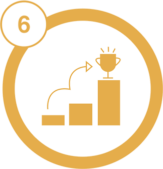
Progress
Record your progress in the health and safety parameters you needed to improve. Priortitise the next health and safety points you need to address.
Share your experience
Share your experience with your co-workers and your health and safety manager. Exchange ideas on how to improve.

A second module of the self-assessment tool has also been developed for the Health and Safety managers.

